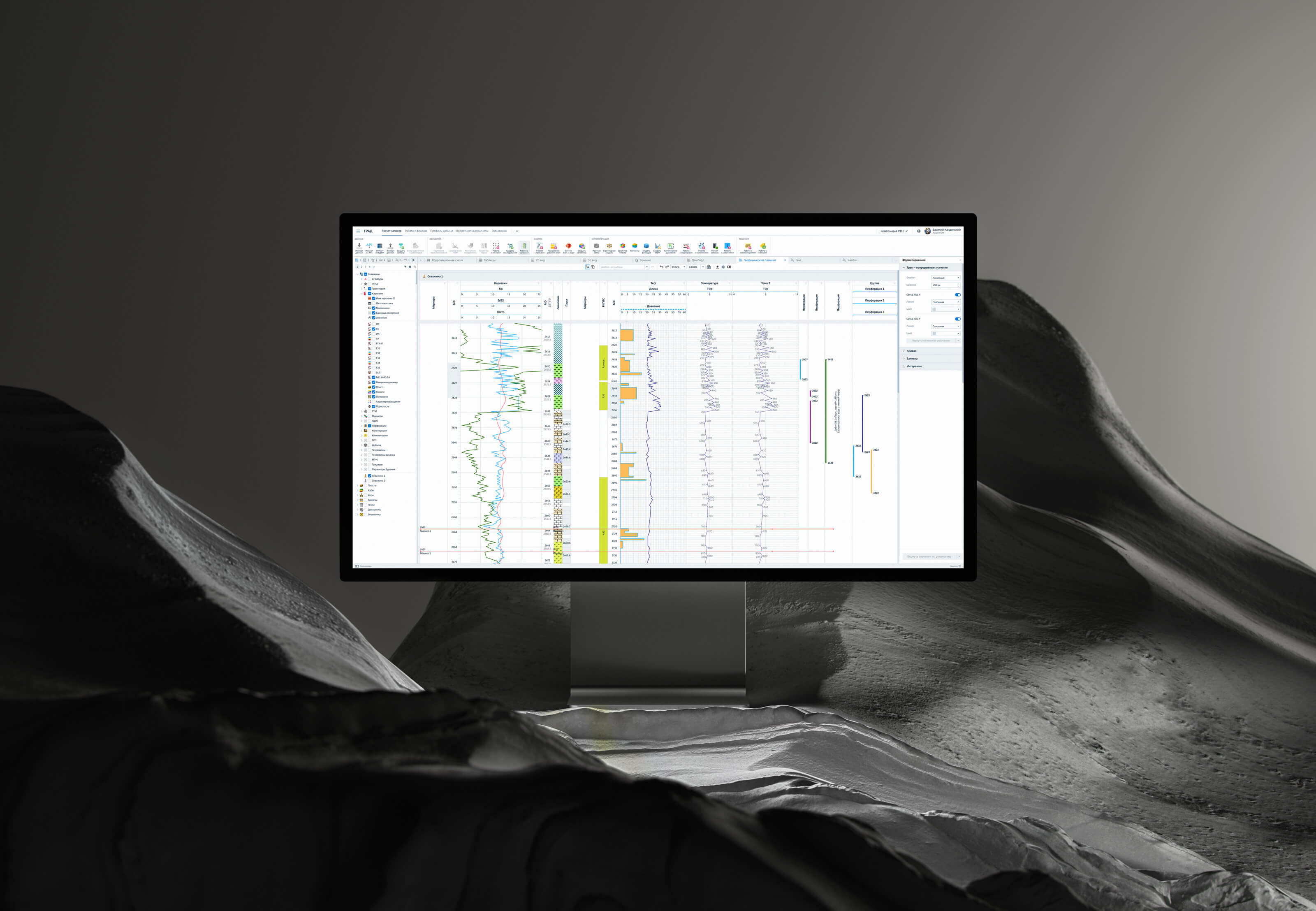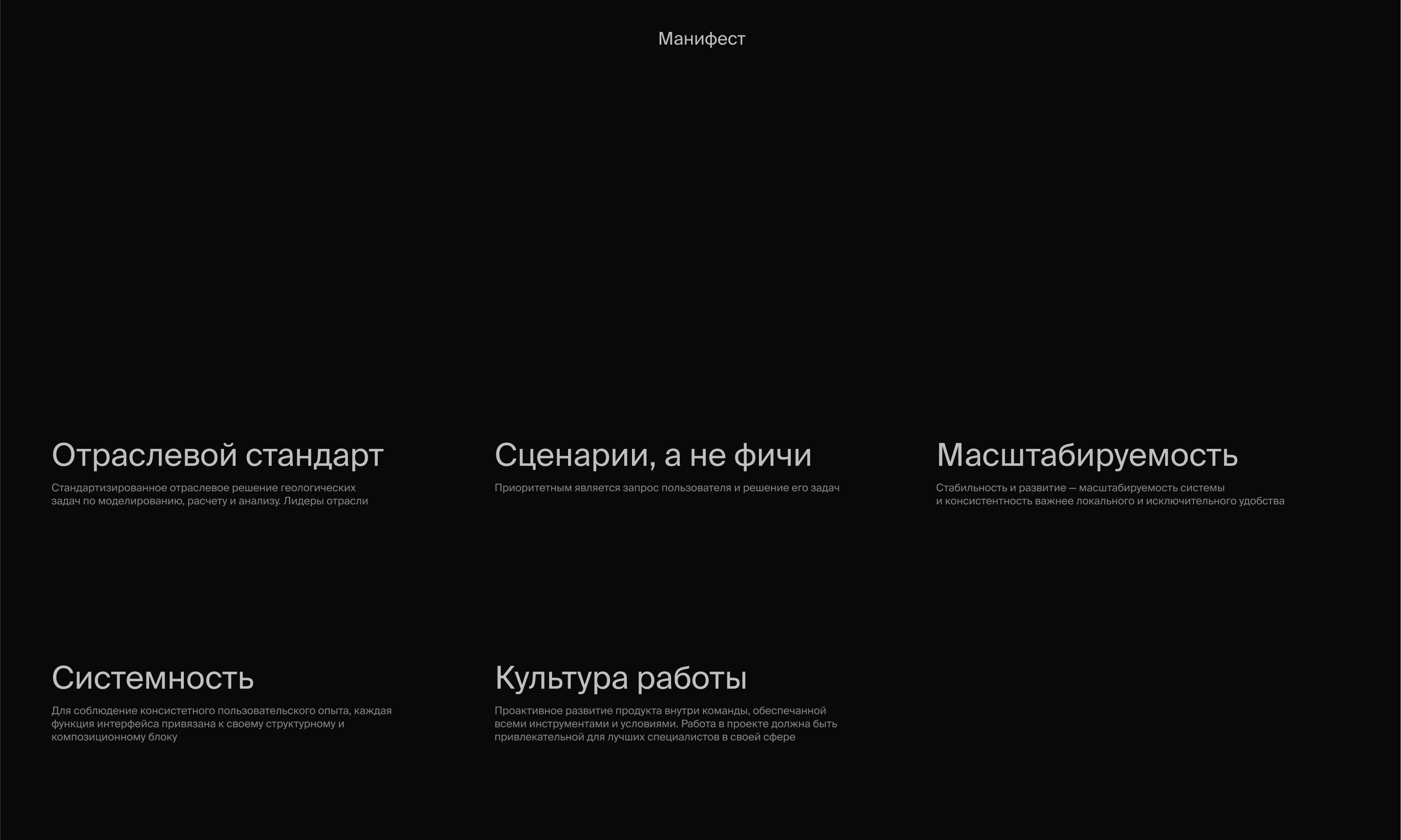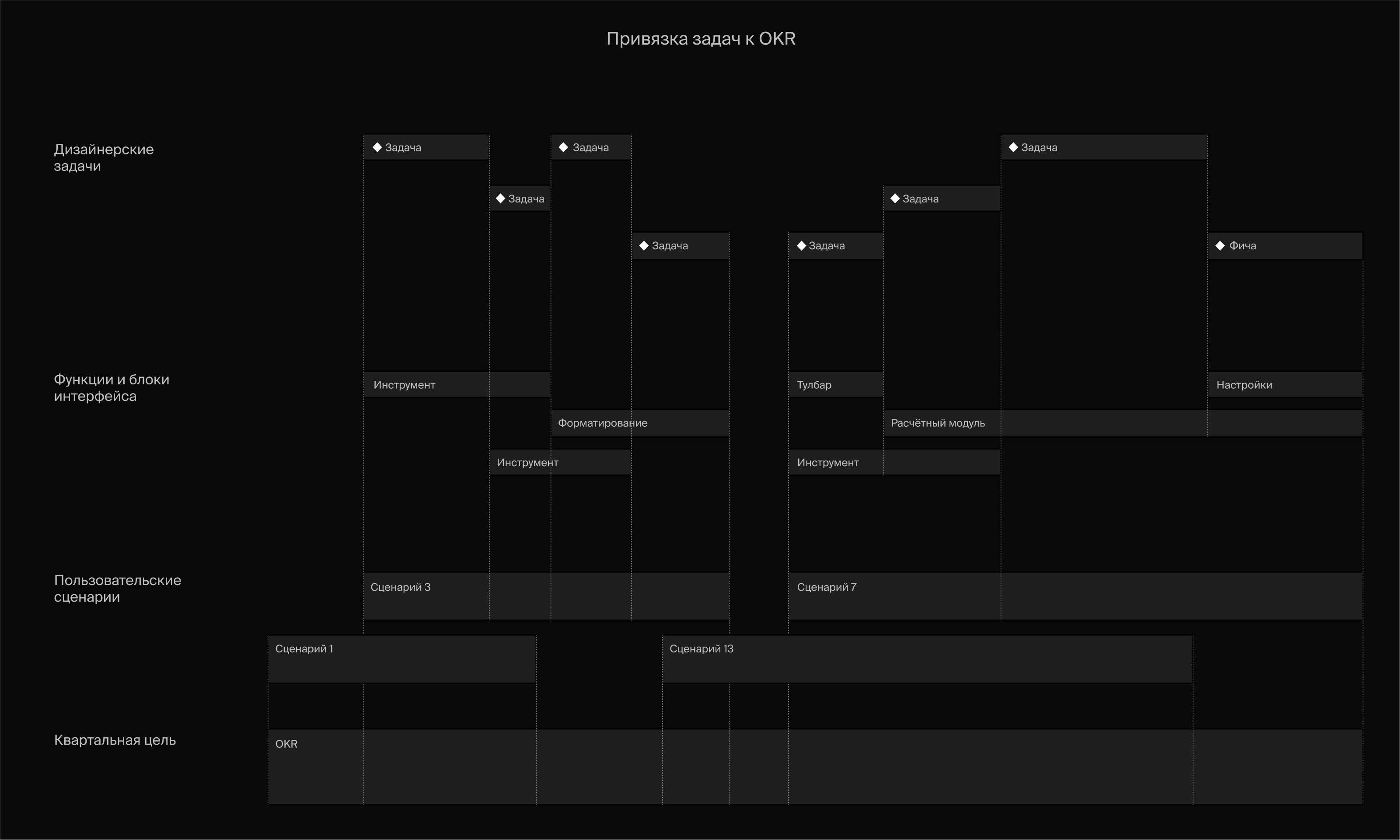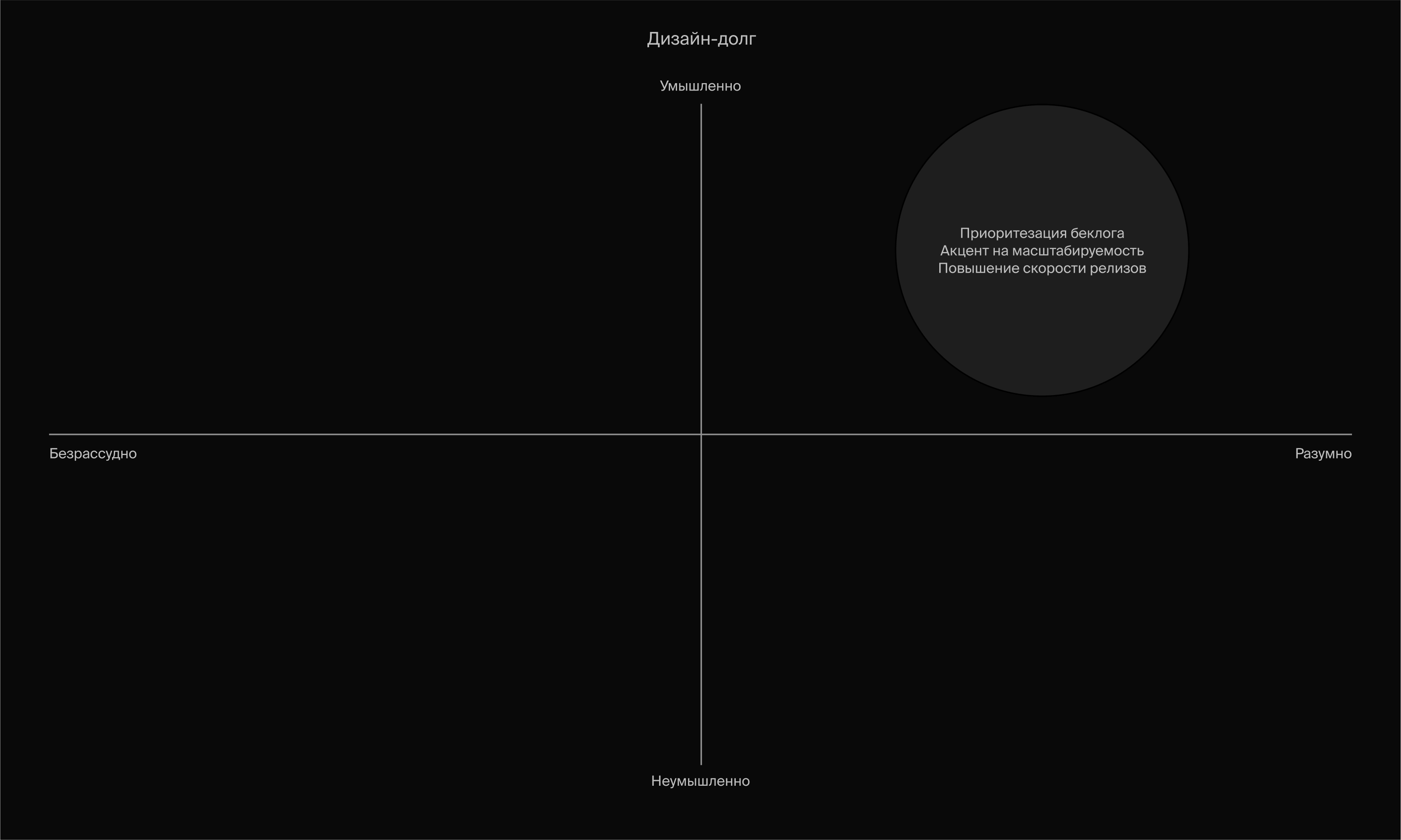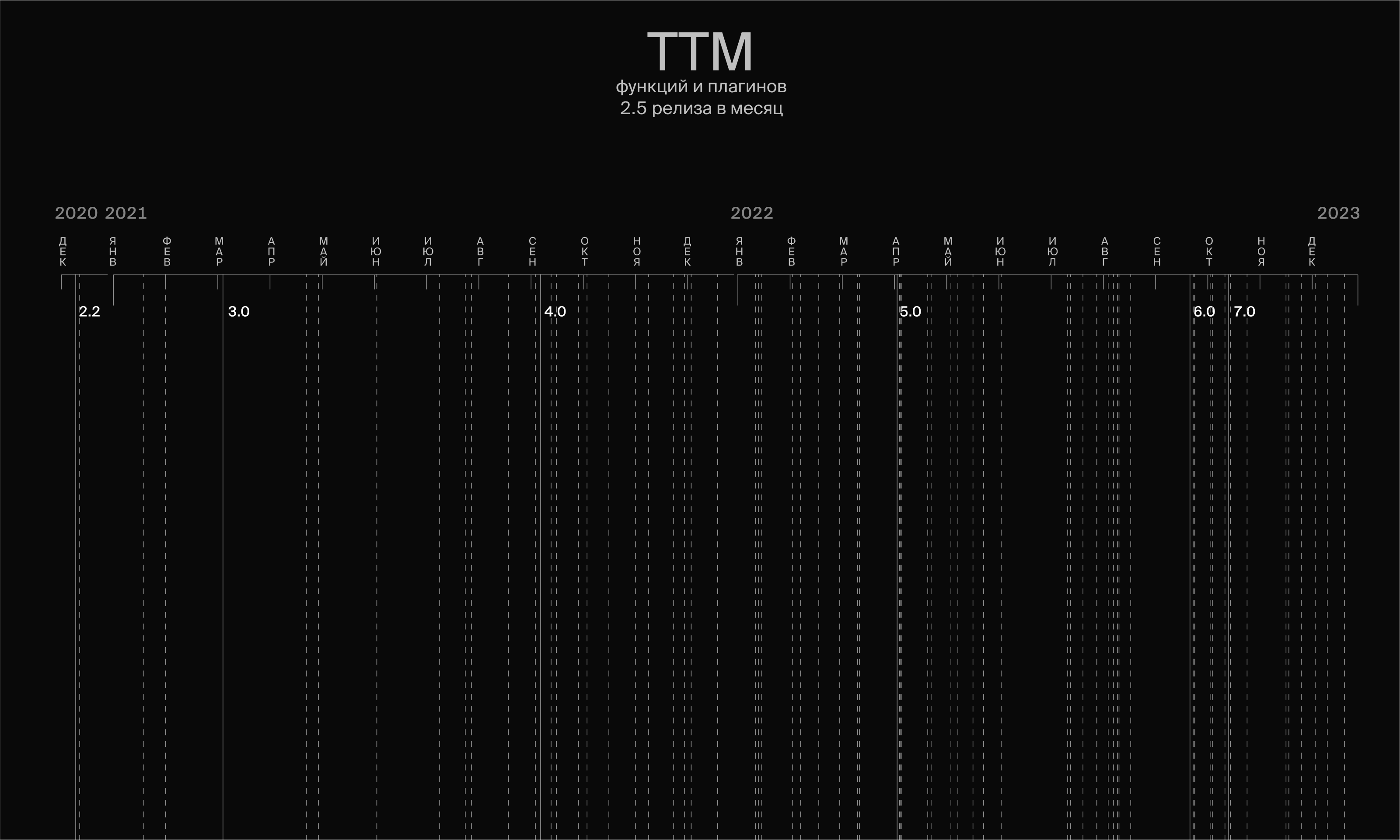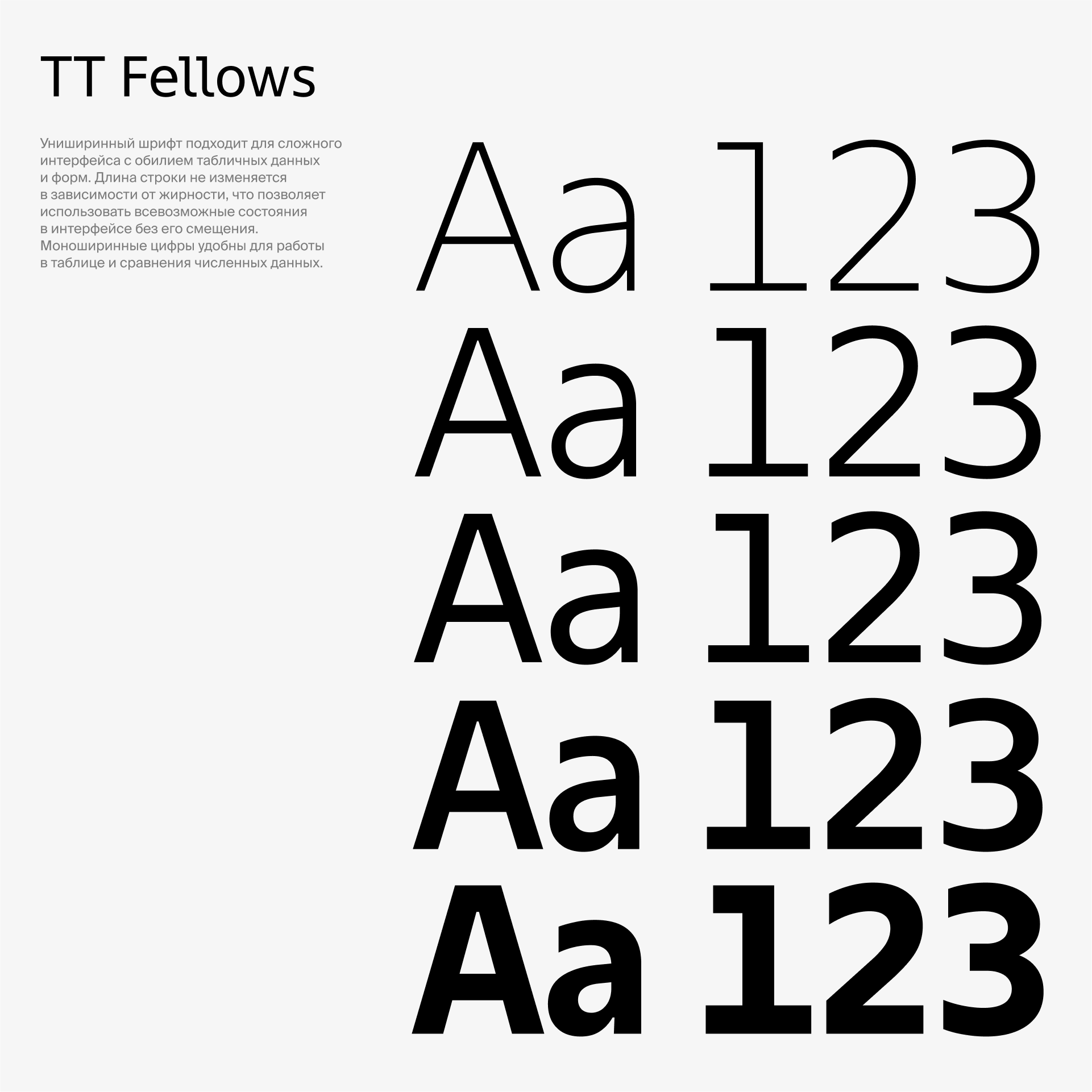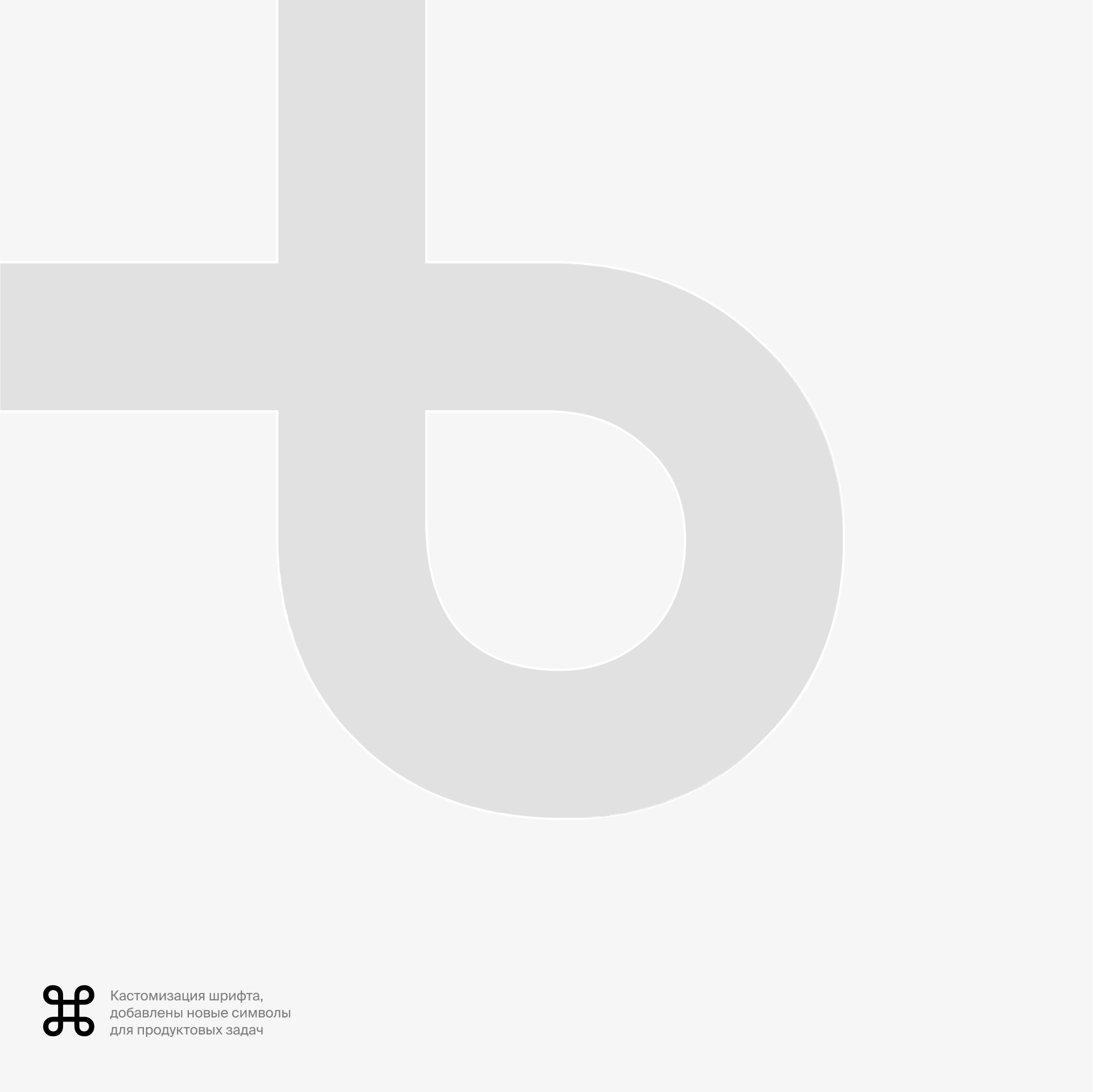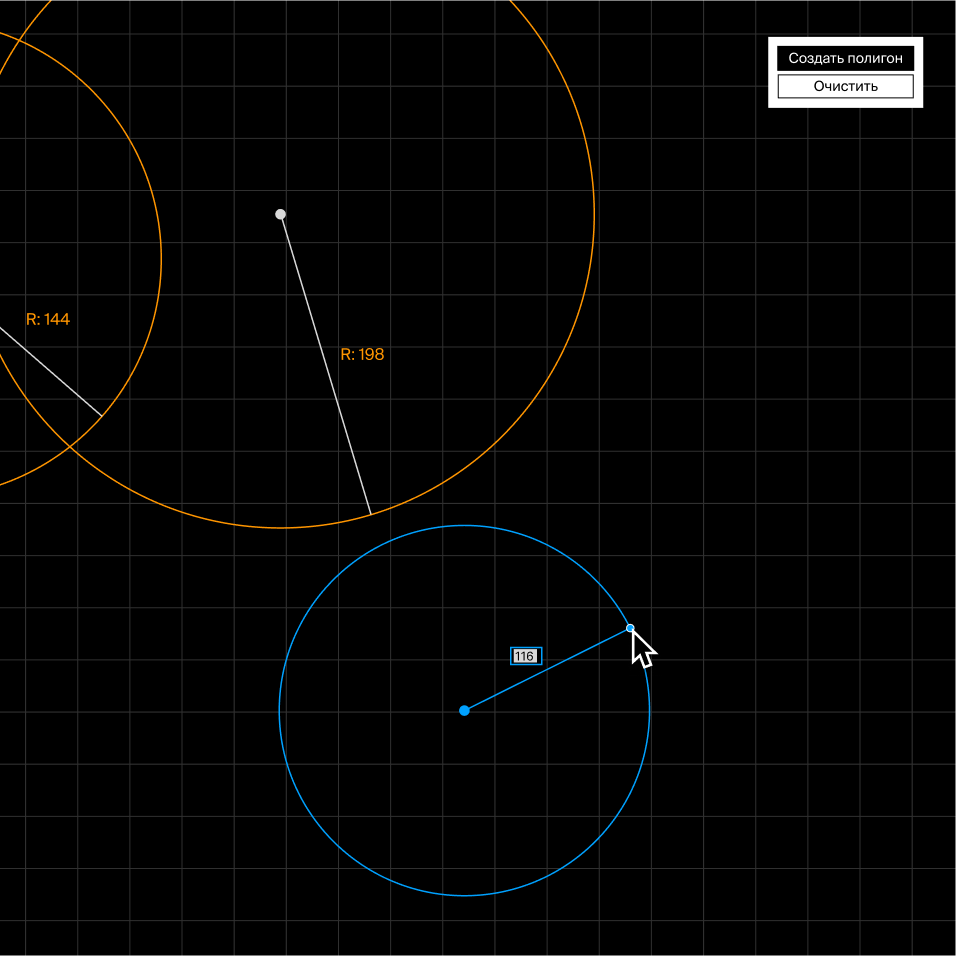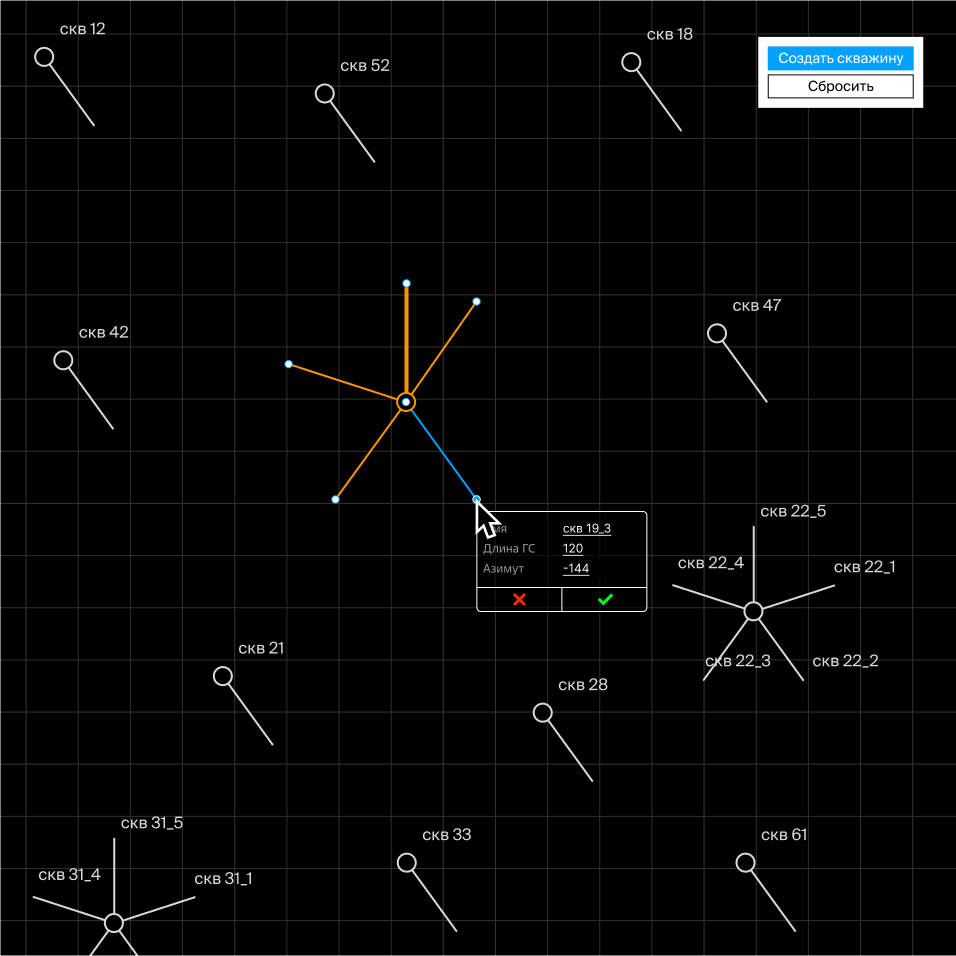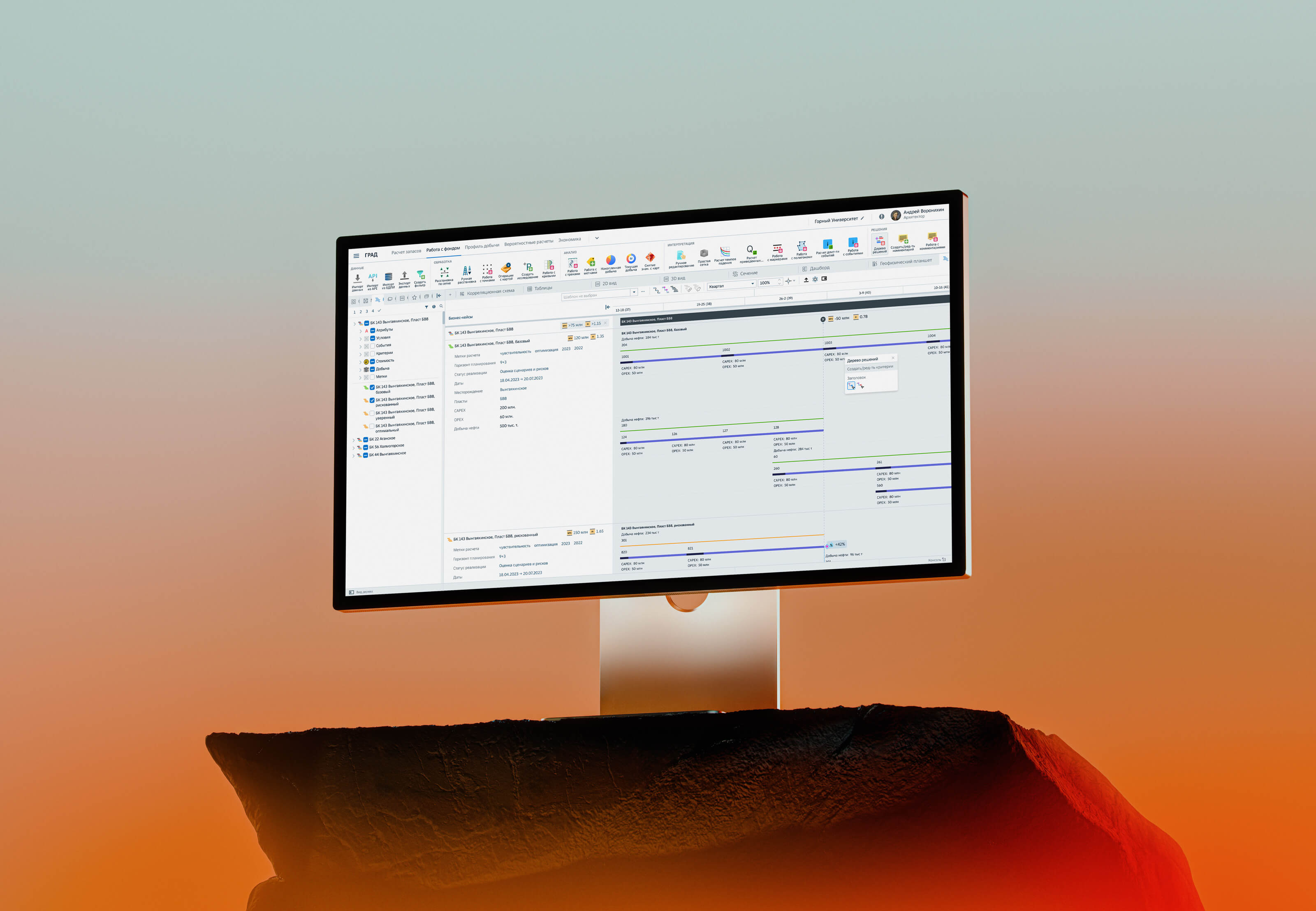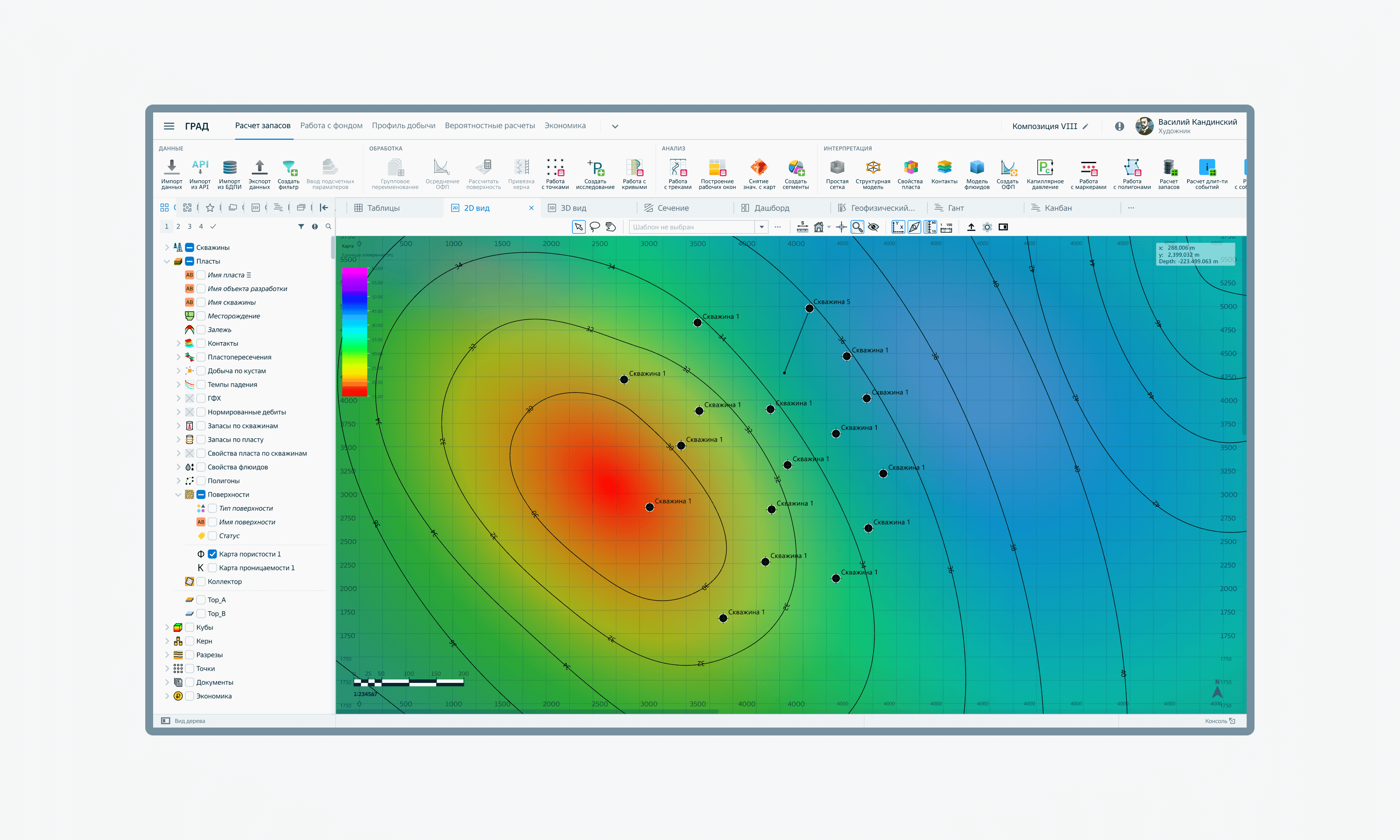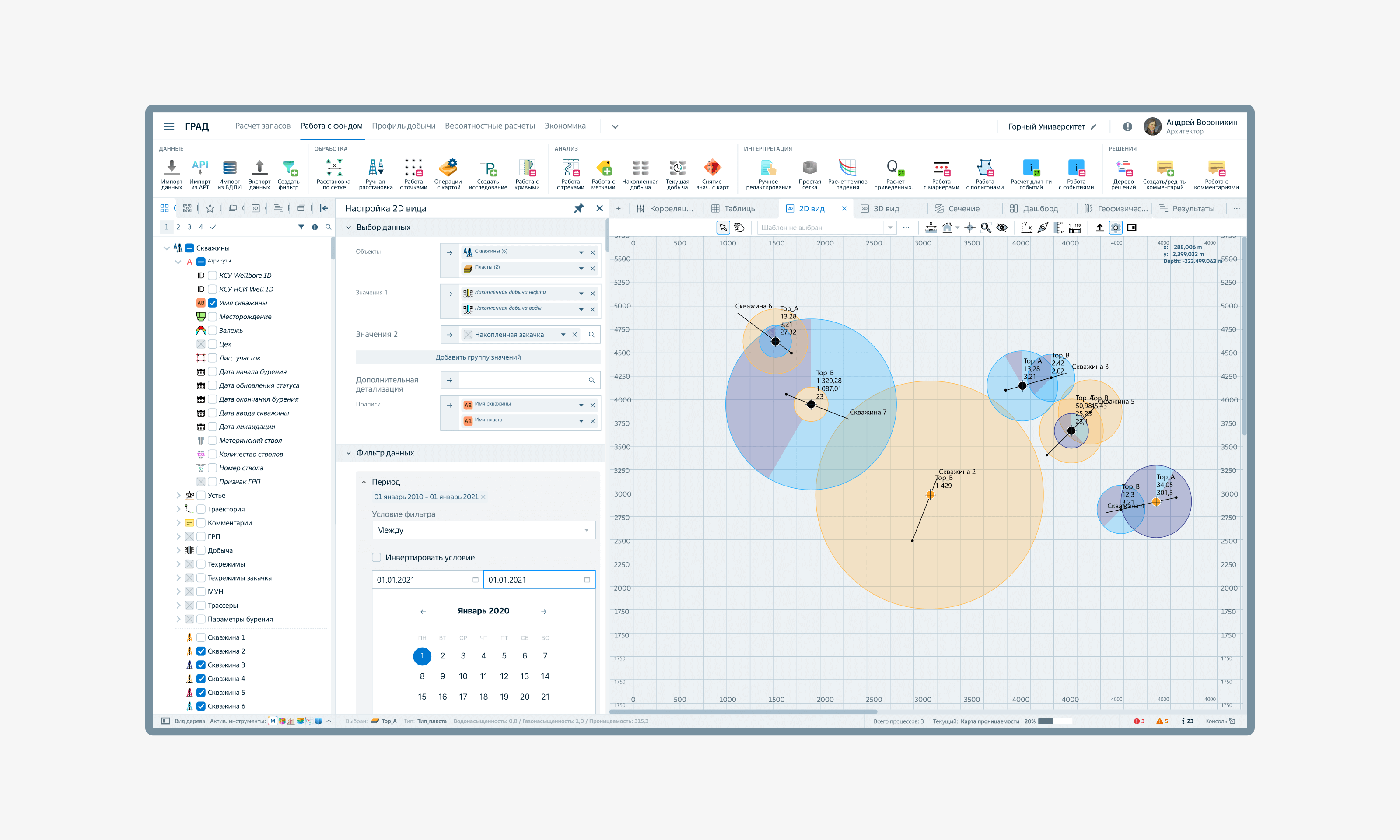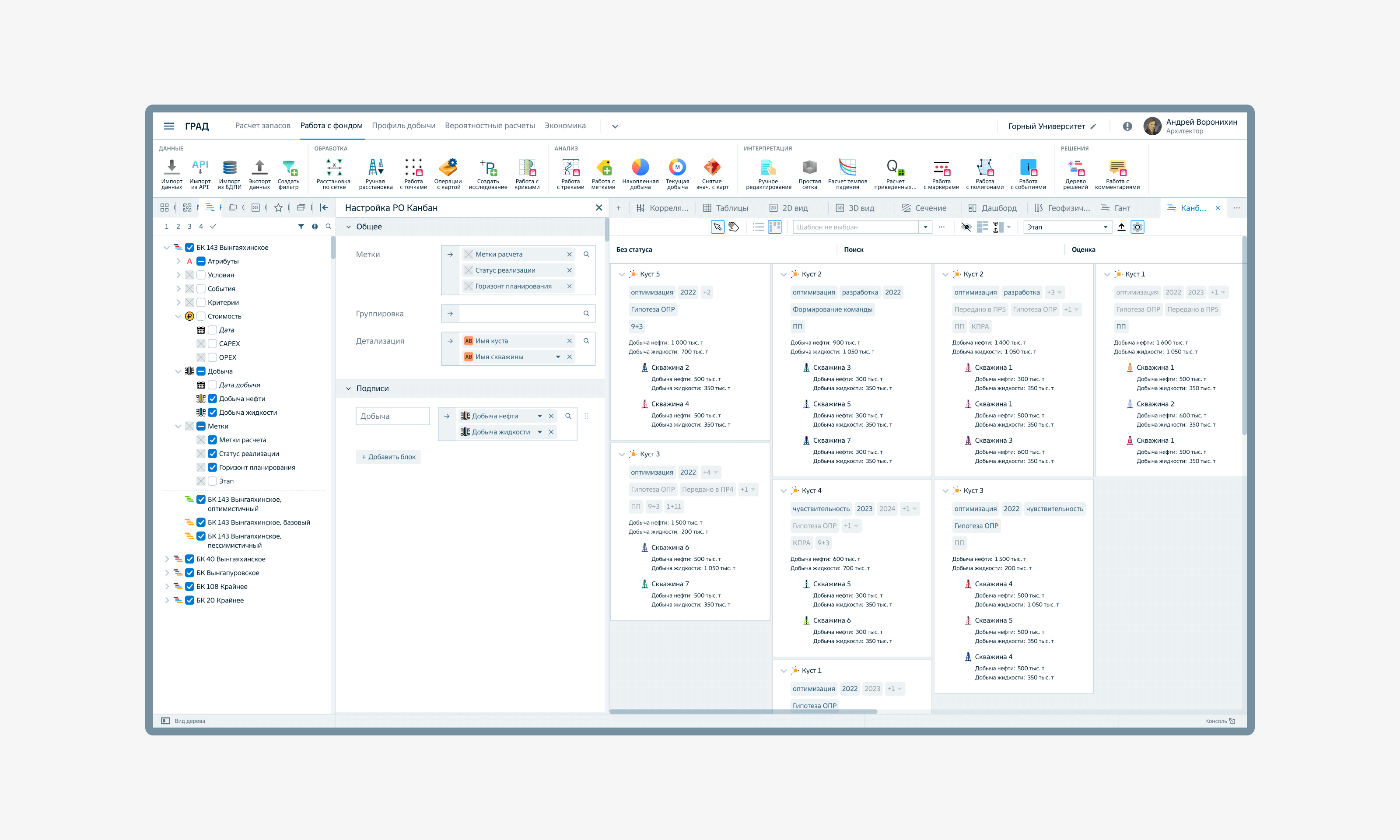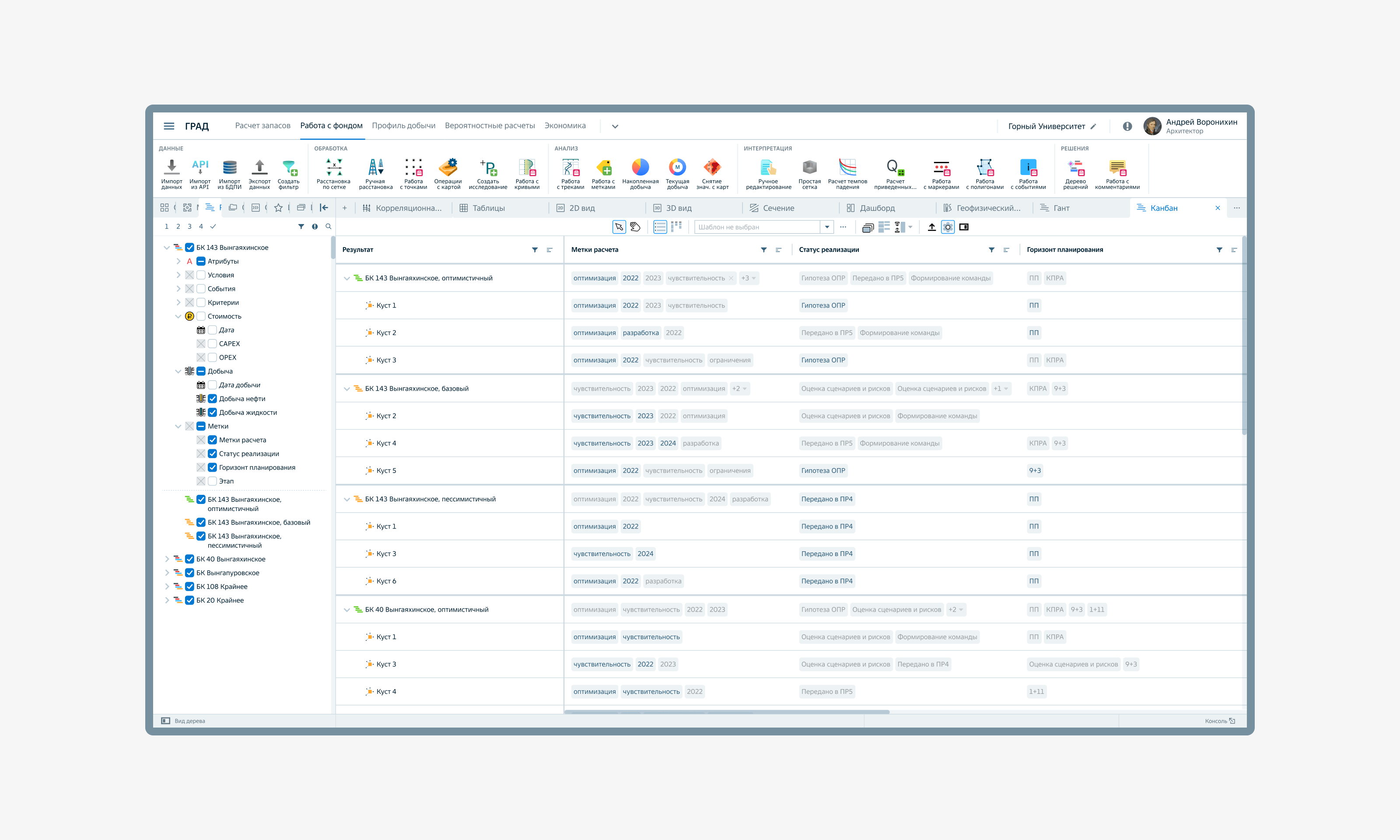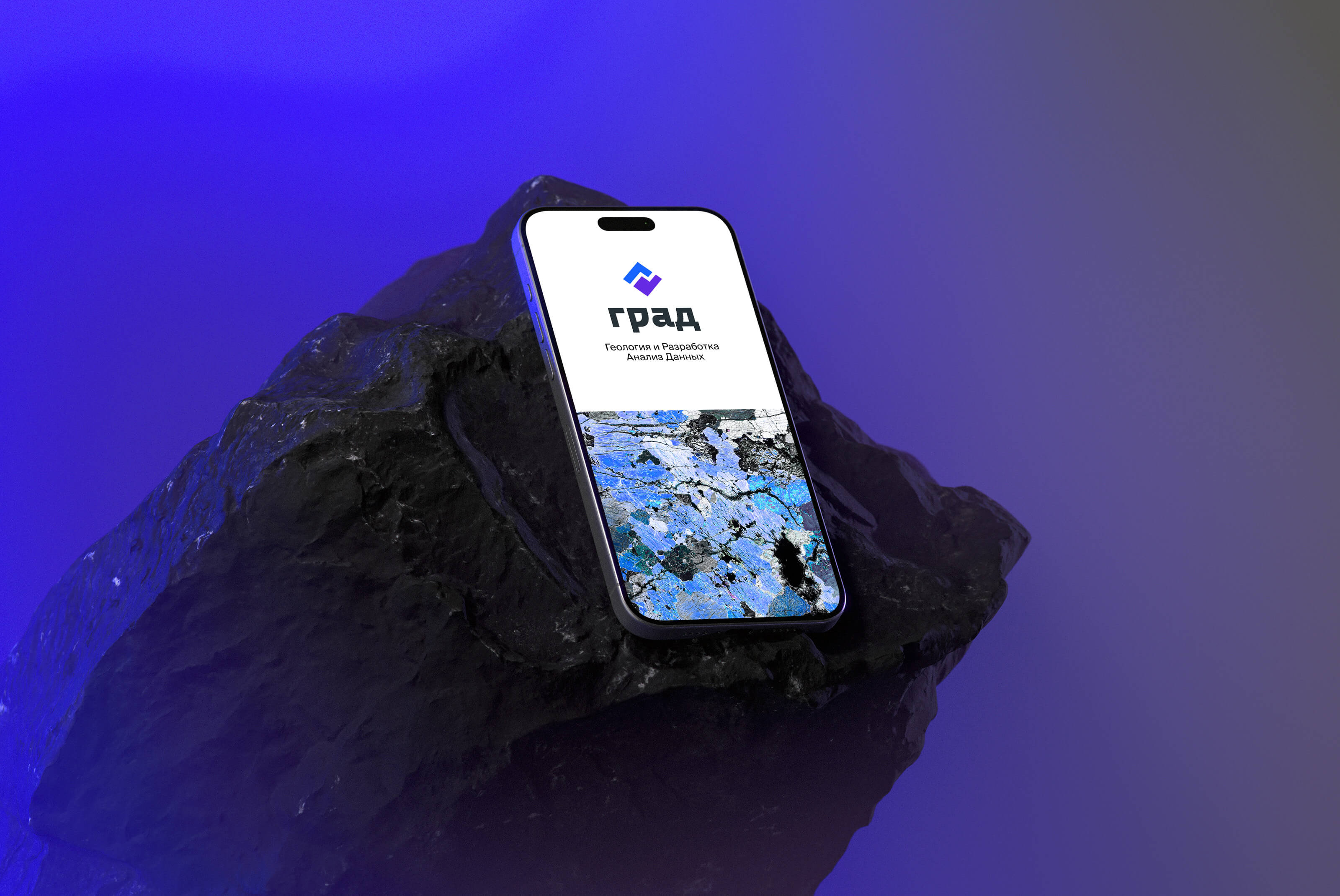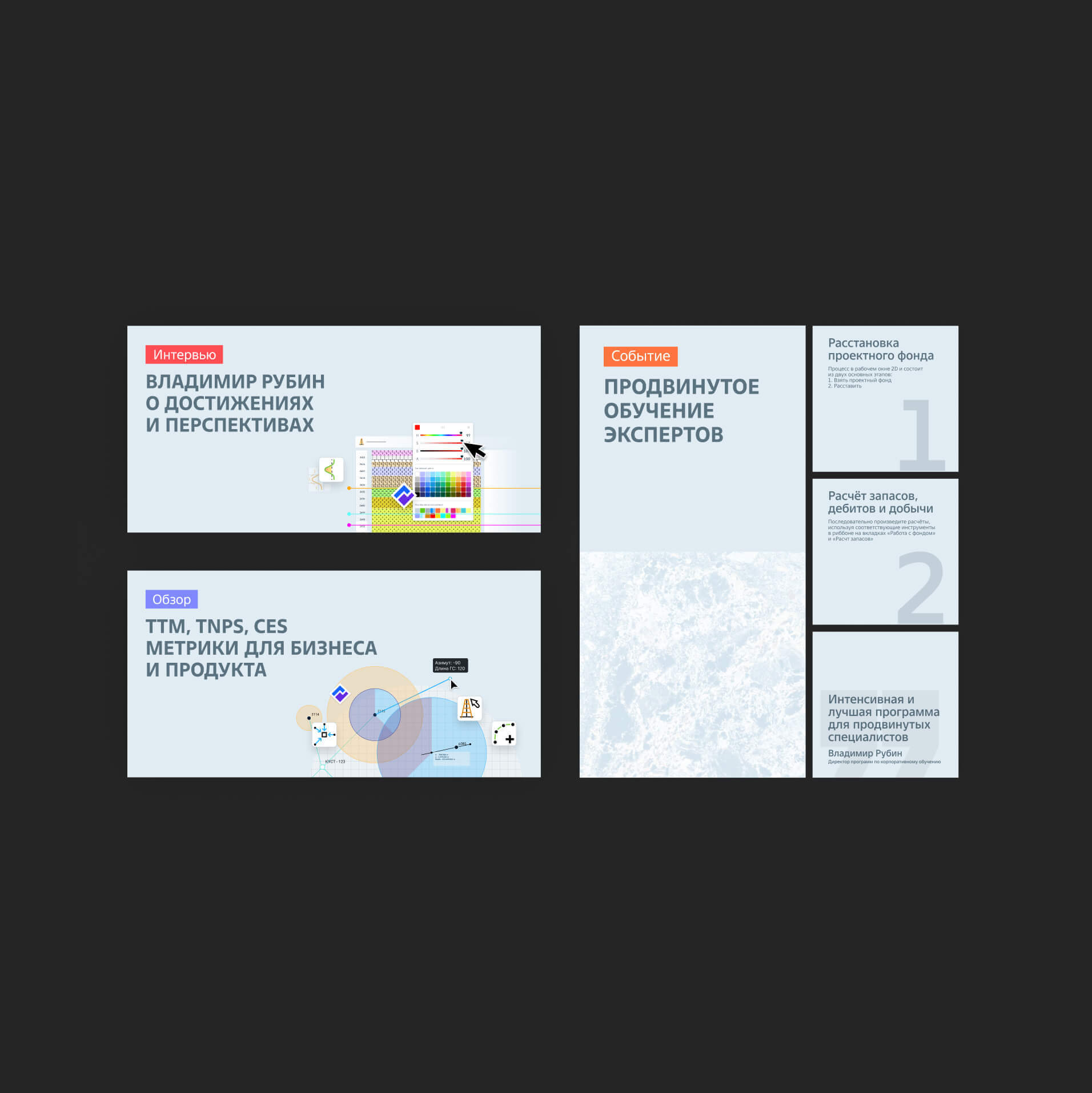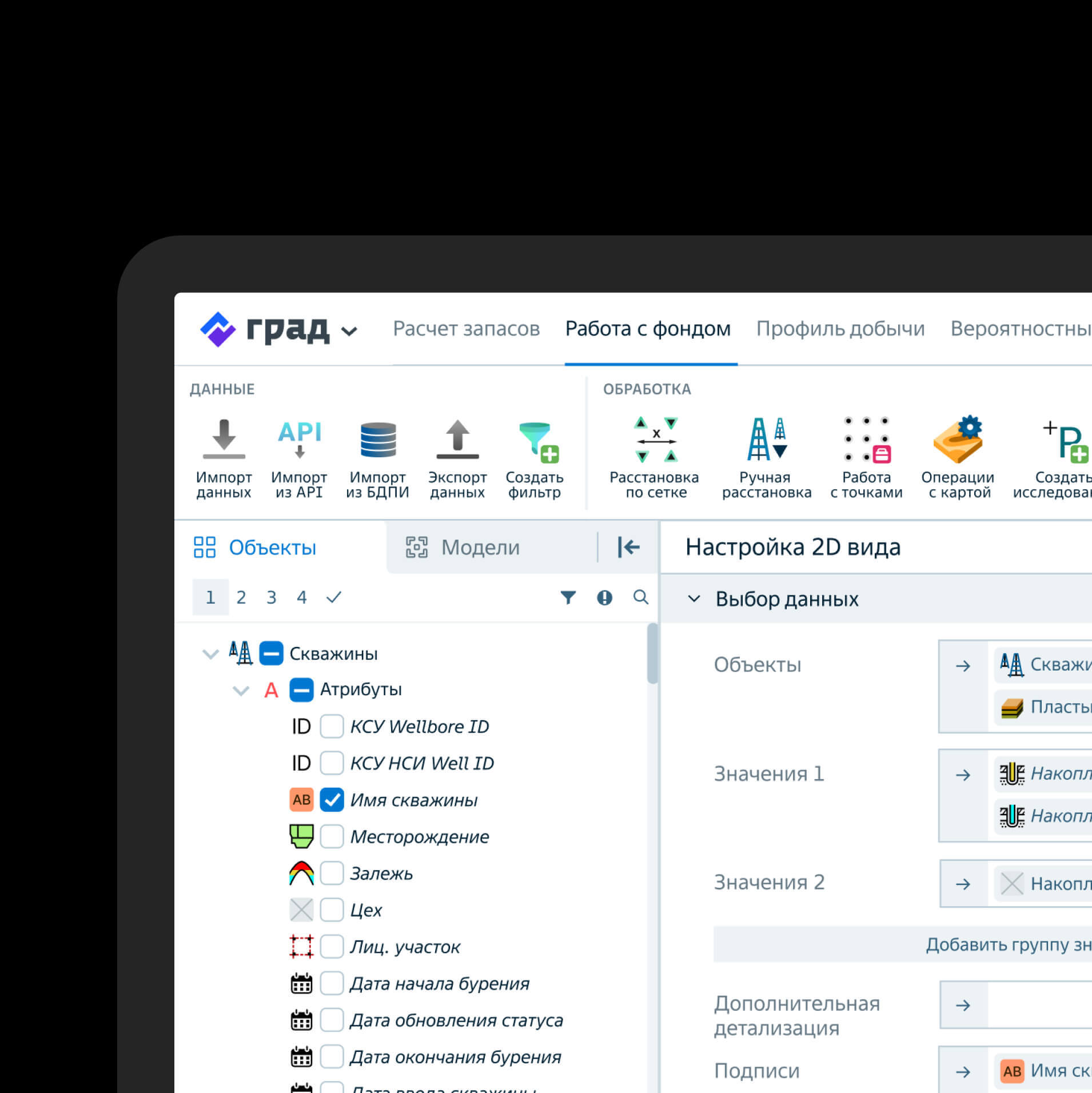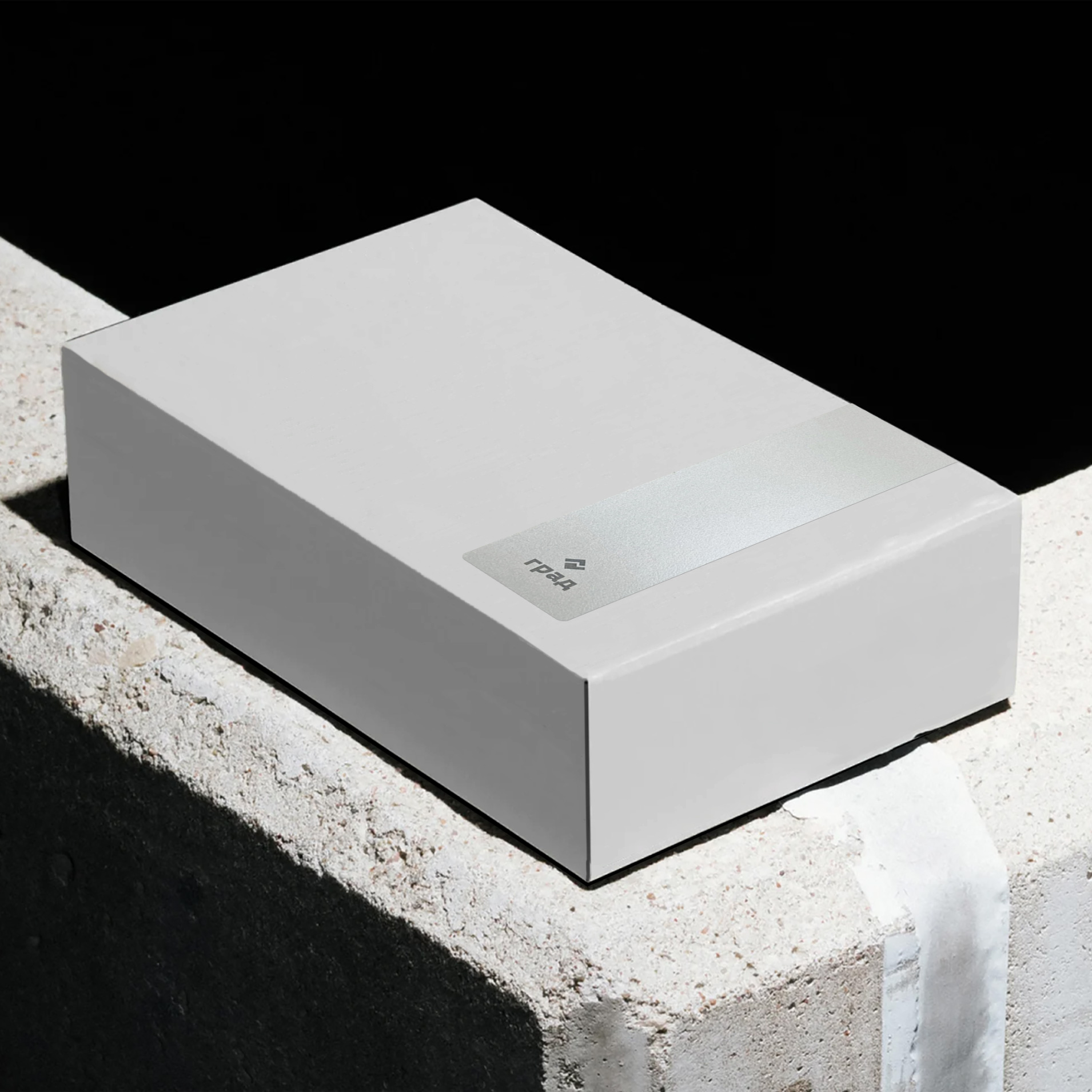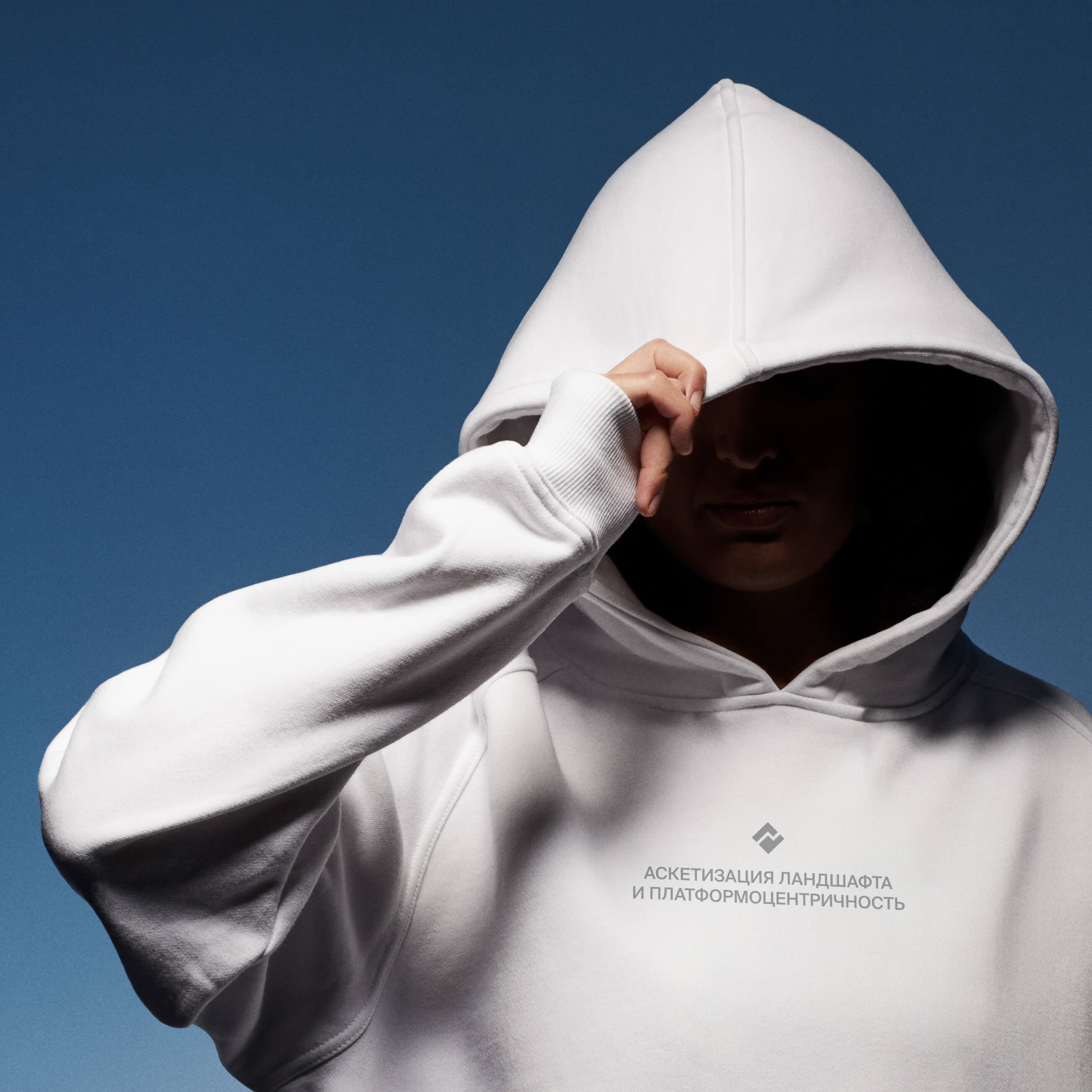Customer
Year
Role
Context
Gazpromneft
2020 – present time
Art-director
Launch of a service for geologists, stage of hypotheses and active expansion of functions
About the project
GRAD — Geology, Engineering and Data Analysis.
Web-application for data analysis in oilYanfield development.
Web-application for data analysis in oilYanfield development.
The service simplifies the work of geologists and analysts, who previously had to use 5–7 different services and applications —GRAD combined all the functionality in a platform of modules for calculations and visualizations.
For GRAD, scalability, clear rules, and the speed of development of the product and third-party plugins are important.
Tasks
Project design-team
1.
Think through the product's workflows and interface at a conceptual level
2.
Standardize the design process as part of the design work and increase the TTM of new features
3.
Increase HR-brand of the company and the project
1 design-lead
2 product designers
1 graphic designer
2 product designers
1 graphic designer
Key Results
Organizing a design-system, workspace, and checklists for designers
Organization of work on JTBD and user-flow
Design-strategy for long-term development of the service and design-team
×4 working speed
Users by main scenarios
0.66 → 8% employee-led adoption rate
Number of applications for training since launch
17 → 28% retention rate
Users after getting to know the product and training
18 → 3 months TTM
Time to market calculation and analytical tools
×3 speed of designers
Accelerating the discovery of new feature designs by using AI in interactive prototypes
×1.55 designers efficiency
By redistributing the work of designers after training and implementation of checklists
